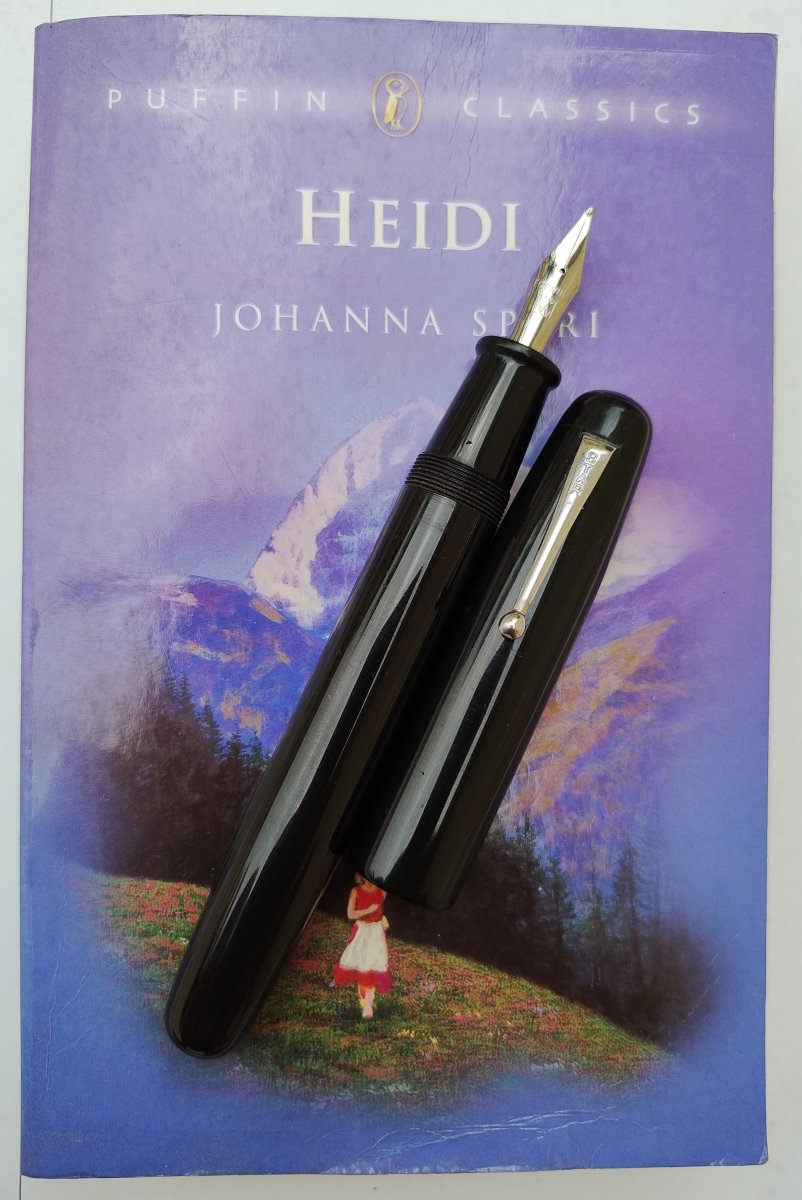Will a flex nib work properly?
-
Forum Statistics
355.5k
Total Topics4.6m
Total Posts -
Member Statistics
128,418
Total Members18,857
Most OnlineNewest Member
skippyfire
Joined -
Images
-
Albums
-
First look
- By A Smug Dill,
- 3
- 50
-
Extra Fine Nib Ink Reviews (20 of n)
- By LizEF,
- 0
- 26
- 26
-
USG 10
- By USG,
- 0
- 0
- 78
-
Pen Pics 3
- By K Singh,
- 0
- 0
- 32
-
Mechanical's Pens & Ink
- By Mechanical,
- 0
- 0
- 63
-


















.thumb.jpg.f07fa8de82f3c2bce9737ae64fbca314.jpg)



desaturated.thumb.gif.5cb70ef1e977aa313d11eea3616aba7d.gif)







Recommended Posts
Create an account or sign in to comment
You need to be a member in order to leave a comment
Create an account
Sign up for a new account in our community. It's easy!
Register a new accountSign in
Already have an account? Sign in here.
Sign In Now